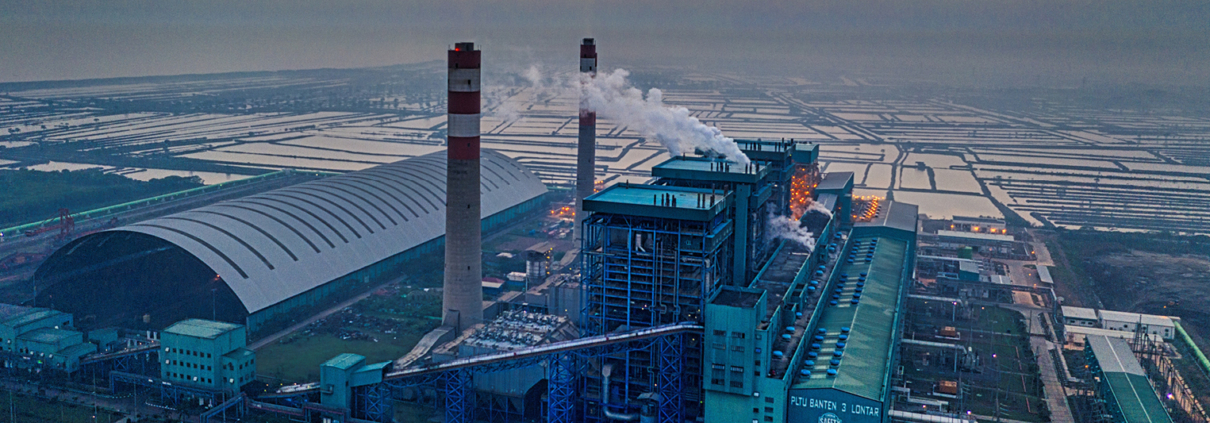Critical infrastructure – Critical cybersecurity
Critical infrastructure in Germany is currently particularly at risk when it comes to cybersecurity. According to the Frankfurter Allgemeine Sonntagszeitung, 141 successful cyber attacks were reported until the beginning of November 2020. Of these, 43 were directed at healthcare providers. Last year there were 121 successful attempts in the critical infrastructure report and only 62 in 2018.
In addition to the healthcare sector, energy and water suppliers, banks, and insurance companies are also affected. In most cases, such incidents are so-called ransomware attacks, which result in a ransom demand for the decryption of data.
Experts cite the crisis resulting from the Corona pandemic as one of the reasons for the increased number of cyberattacks on companies in the so-called critical infrastructure. Medical institutions in particular still have an increased need for action in the area of IT and cybersecurity. At least 15 percent of IT investments should be spent on IT and cybersecurity.
In this article, we have summarized why the healthcare system is so at risk and what exactly such an investment could look like. Viruses in hospitals – Cybersecurity in the Corona pandemic
Because, of course, similar protection scenarios apply to critical facilities as to the health care system.
CRITIS as a worthwhile target
The advance of digitalization also opens up potential security gaps for attackers. While states were initially particularly interested in overriding the security mechanisms of “enemy” states, this is now increasingly being observed by private groups. Securing the IT systems of CRITIS operators is not an easy task. On the one hand, these are private-sector companies of various sizes. On the other hand, the IT structures used have a long life cycle, which is why they often do not have the necessary security updates or do not have them promptly. Since 2016, all operators of companies that are part of CRITIS have been required to provide a 2-year security proof of their infrastructure. However, considering the frequency with which malicious software is developed, it is strongly recommended that relevant security updates be carried out more frequently. And to initiate in-depth preventive measures to secure your systems.
Especially the protection of the attack target “human” is part of a valid security concept. Because often the technical security measures are high and strong; but they do not protect against the intervention of the (inexperienced) user. These include successful phishing attacks, especially so-called spear-phishing campaigns, which make targeted use of social engineering techniques. We, therefore, recommend regular and in-depth employee training. As well as the establishment of strong multi-factor authentication rules to protect your system from the human factor in the best possible way.


 HWS Gruppe
HWS Gruppe


